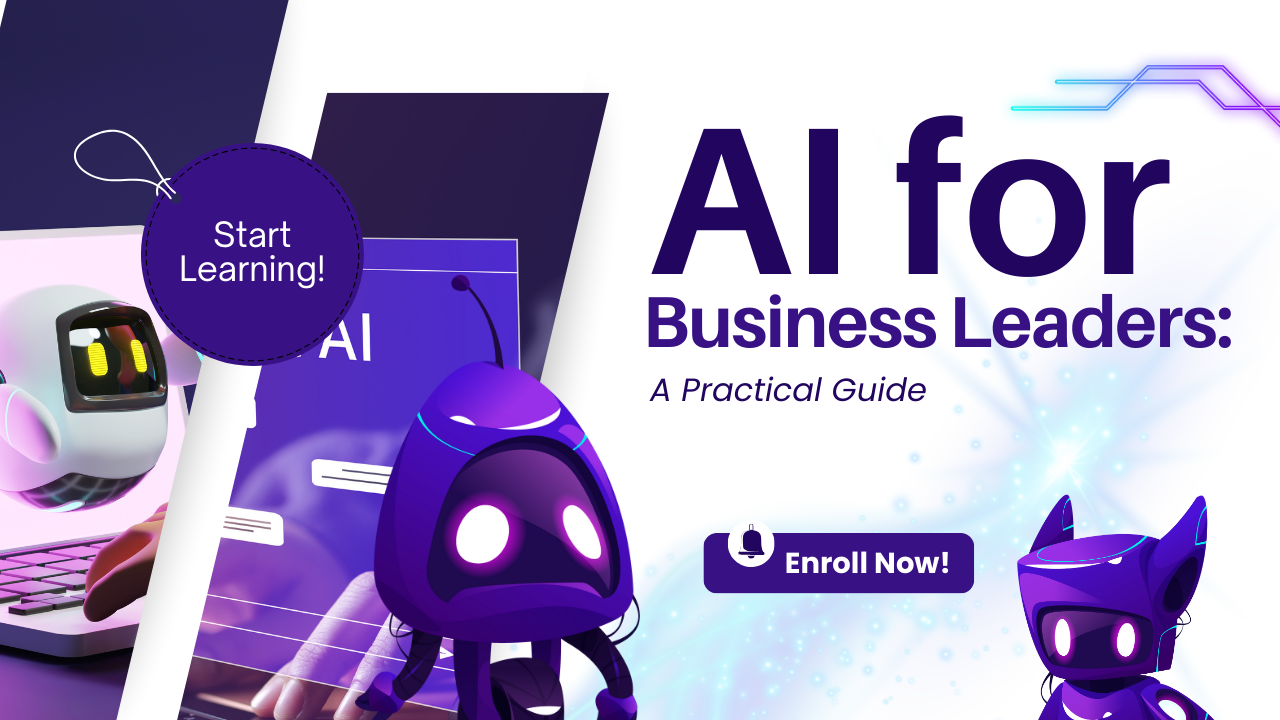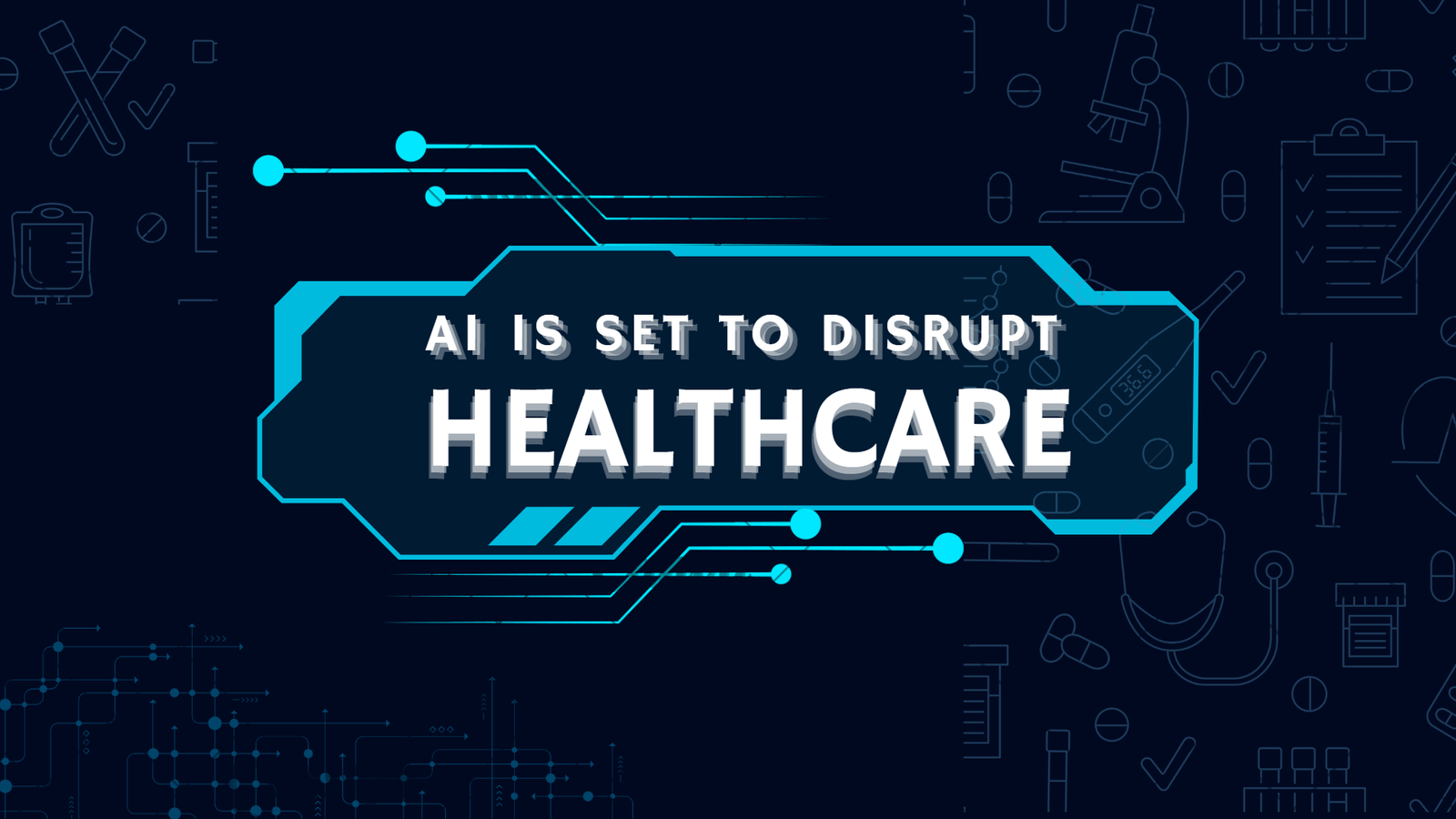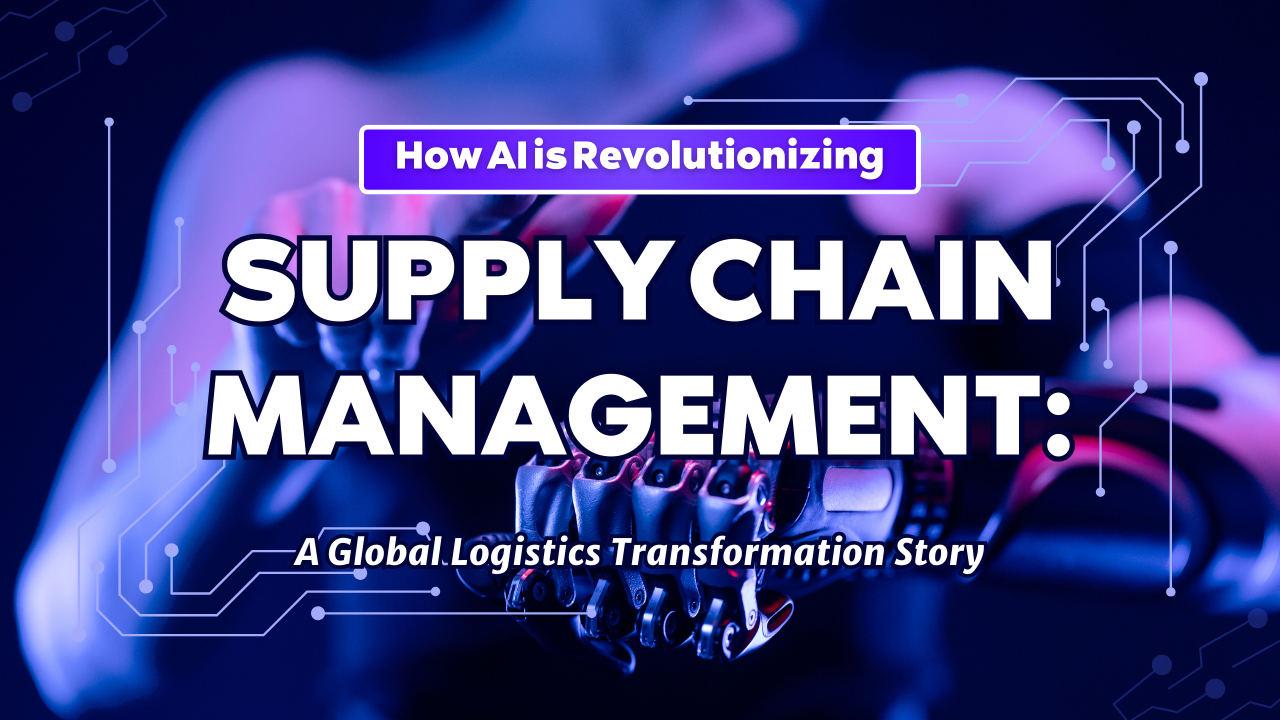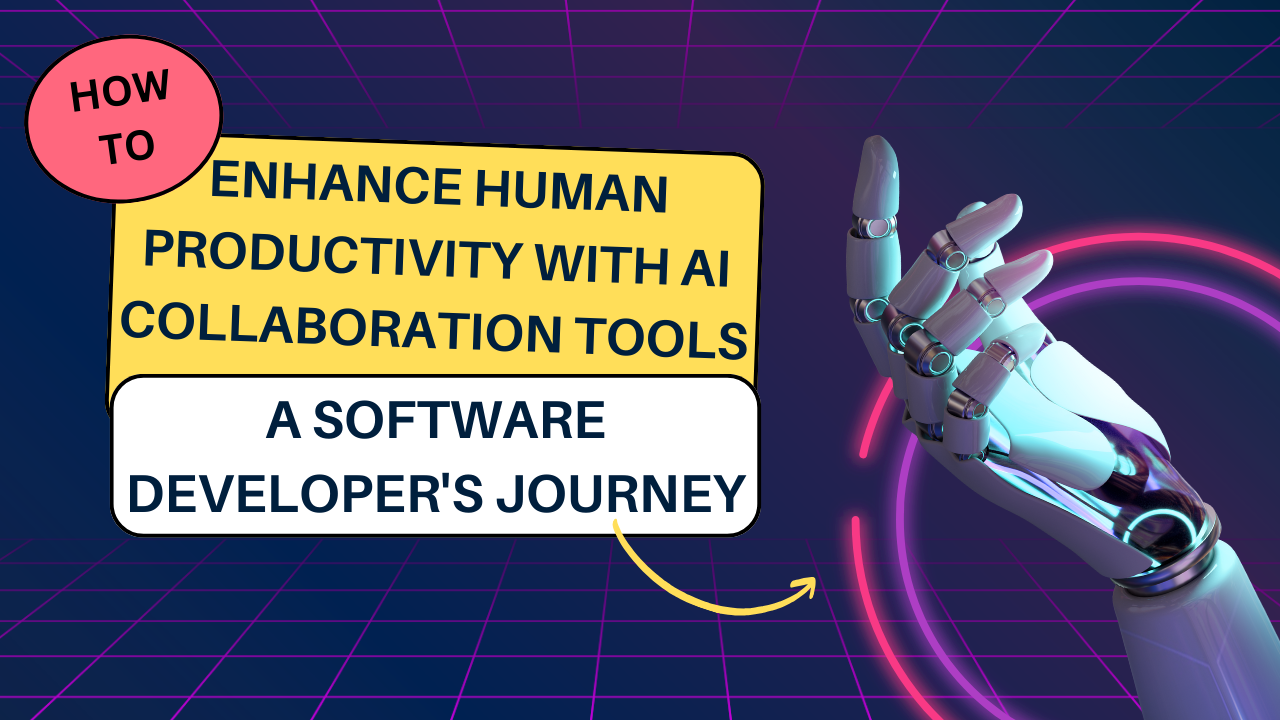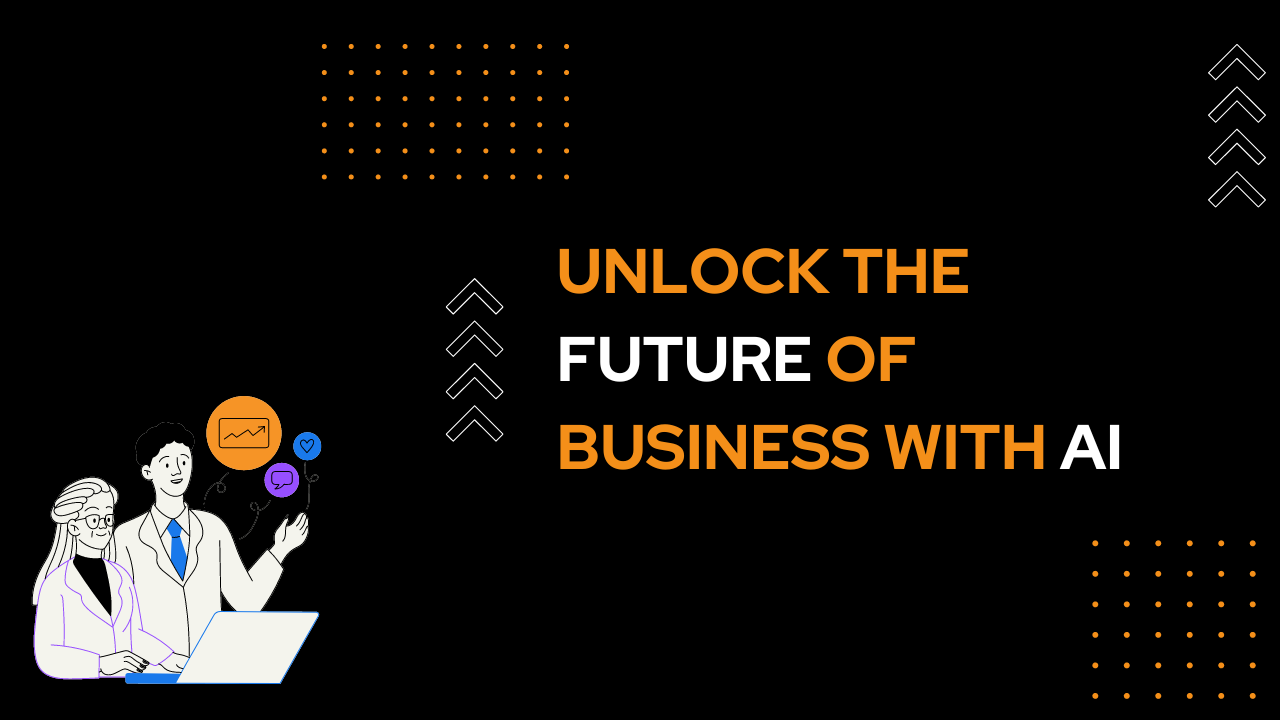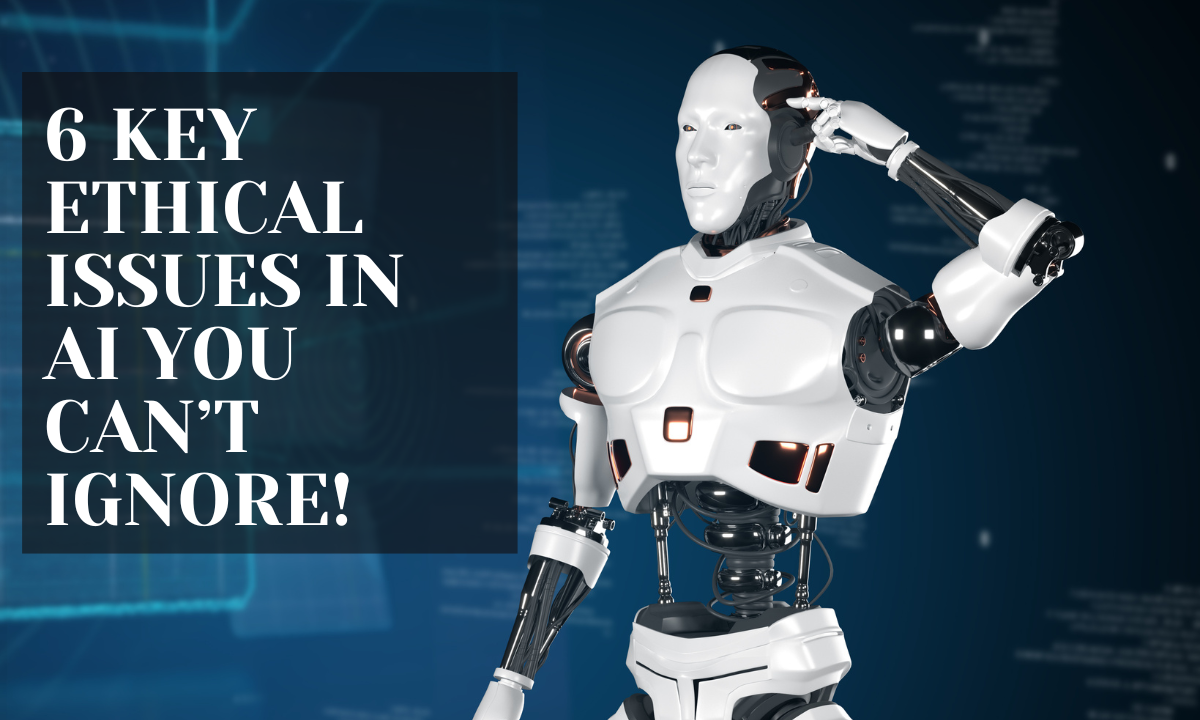When Netflix’s “Wednesday” became the platform’s most-watched English-language series in its first week, breaking streaming records with over 341 million hours viewed, many attributed its success to Jenna Ortega’s masterful performance or Tim Burton’s distinctive direction. However, beneath the surface of this cultural phenomenon lay one of the most sophisticated experiments in AI-powered personalization ever attempted in entertainment history. This breakthrough has transformed not just how we consume content, but how businesses across industries approach customer experience.

The Evolution of Personalization: From Basic Recommendations to Predictive Experiences
The journey to Wednesday’s groundbreaking success began long before its release. Netflix had spent years developing its recommendation system, investing over $1 billion annually in artificial intelligence and machine learning technologies. What made Wednesday different was how it became a testing ground for next-generation personalization techniques that would redefine viewer engagement.

The Pre-Release Strategy
Netflix’s approach to Wednesday’s launch demonstrated the power of predictive analytics in content delivery. The platform’s AI systems began analyzing viewer data months before the show’s release, creating detailed audience segments and personalization strategies. This preparation phase revealed several key insights:
- The platform’s deep learning models identified precise viewing patterns among users who enjoyed both supernatural content and coming-of-age stories, allowing Netflix to create targeted promotion strategies for different audience segments.
- The natural language processing systems analyzed millions of social media conversations about the Addams Family franchise, helping to understand modern audiences’ expectations and preferences.
- Advanced computer vision algorithms studied visual elements from successful shows in similar genres, informing decisions about everything from thumbnail creation to scene pacing.

The Technology Stack: Building Blocks of Modern Personalization
Core Components
The sophisticated personalization engine behind Wednesday’s success relied on several key technological components:
- Machine Learning Infrastructure
- Amazon SageMaker provided the backbone for training complex recommendation models that could process millions of user interactions in real-time.
- Google’s TensorFlow enabled the development of sophisticated neural networks that could predict viewer preferences with unprecedented accuracy.
- Microsoft Azure’s cognitive services facilitated advanced natural language understanding for content analysis and user feedback processing.

- Data Processing and Analytics
- Snowflake’s data warehouse solution enabled real-time processing of viewer behavior data across multiple regions and platforms.
- Apache Kafka handled the massive stream of user interaction data, processing over 1 trillion events daily.
- Elasticsearch powered the real-time search and recommendation features that helped viewers discover related content.
Implementation Architecture
The personalization system operated on three distinct layers:
- Data Collection Layer
- The system gathered information about every aspect of viewer interaction, from scroll patterns to viewing times.
- Sophisticated tracking algorithms monitored emotional responses through pause patterns and rewind behaviors.
- Advanced analytics tools created detailed viewer profiles based on cross-platform behavior.
- Processing Layer
- AI models processed the collected data through multiple specialized algorithms.
- Real-time decision engines made split-second choices about content presentation.
- Learning systems continuously updated user preferences based on new interactions.

- Delivery Layer
- Personalized content was delivered through a dynamic interface that adapted to user behavior.
- A/B testing systems continuously optimized the delivery of personalized recommendations.
- Performance monitoring tools ensured consistent quality across different devices and platforms.
Real-World Applications and Impact
The success of Wednesday’s personalization strategy had immediate implications across industries:
- E-commerce Platforms
- Amazon implemented similar AI algorithms to personalize product discovery, leading to a 35% increase in conversion rates.
- Shopify merchants using advanced personalization tools saw average order values increase by 40%.
- Fashion retailers implemented visual recognition systems to provide personalized style recommendations.
- Digital Media
- Spotify enhanced its discovery algorithms based on Netflix’s success, resulting in an increase in listener engagement.
- YouTube refined its recommendation system to better predict user interests across different content categories.
- Social media platforms adopted similar personalization strategies for content curation.

Implementation Guide: Creating Your Personalization Strategy
Phase 1: Foundation Building
Organizations looking to implement similar personalization strategies should focus on these key areas:
- Data Infrastructure
- Implement robust data collection systems that can track user behavior across all touchpoints and platforms.
- Establish clear data governance policies that ensure compliance with privacy regulations while maintaining data quality.
- Deploy scalable storage solutions that can handle growing data volumes without compromising performance.

- Technology Selection
- Choose AI and ML platforms that align with your organization’s technical capabilities and business objectives.
- Implement analytics tools that can process both structured and unstructured data effectively.
- Select visualization tools that can help stakeholders understand personalization impacts.
Phase 2: Development and Testing
The development process should follow these key steps:
- Model Development
- Create baseline models using existing customer data to establish fundamental personalization capabilities.
- Develop more sophisticated algorithms that can handle complex user behaviors and preferences.
- Implement continuous learning systems that can adapt to changing user patterns.

- Testing and Optimization
- Conduct comprehensive A/B testing to validate personalization strategies.
- Implement feedback loops that can quickly identify and correct issues.
- Develop performance metrics that accurately measure personalization impact.

Privacy and Ethical Considerations
The success of personalization initiatives depends heavily on maintaining user trust:
- Data Protection
- Implement robust security measures to protect user data from unauthorized access or breaches.
- Ensure compliance with global privacy regulations like GDPR and CCPA.
- Maintain transparent data collection and usage policies.

- Ethical Guidelines
- Develop clear guidelines for algorithmic decision-making to prevent bias.
- Establish processes for regular ethical reviews of personalization strategies.
- Create mechanisms for users to control their personalization preferences.

Future Trends and Innovations
The future of AI-driven personalization will be shaped by several emerging trends:
- Advanced Technologies
- Integration of quantum computing for more complex personalization algorithms.
- Implementation of edge computing for faster real-time personalization.
- Development of more sophisticated natural language processing capabilities.
- Enhanced User Experiences
- Creation of more immersive personalized experiences through AR and VR.
- Development of multi-modal personalization systems that combine visual, audio, and textual data.
- Implementation of predictive personalization that anticipates user needs.

Best Practices and Key Takeaways
Organizations implementing personalization strategies should focus on:
- Strategic Planning
- Develop clear objectives that align personalization efforts with business goals.
- Create detailed implementation roadmaps that account for technical and organizational capabilities.
- Establish realistic timelines that allow for proper testing and optimization.

- Technical Excellence
- Maintain high data quality standards throughout the personalization process.
- Implement robust testing procedures to validate personalization effectiveness.
- Ensure scalability of personalization solutions.

Conclusion: The Future is Hyper-Personal
The success of Netflix’s Wednesday demonstrates that AI-driven personalization has moved beyond simple recommendations to become a fundamental aspect of digital experience design. As technology continues to evolve, the possibilities for creating unique, engaging experiences at scale will only grow.
Organizations that embrace these technologies while maintaining strong ethical standards and user trust will be best positioned to succeed in an increasingly personalized digital world. The question isn’t whether to implement AI-driven personalization, but how to do it in a way that creates genuine value for both the business and its customers.
As we move forward, the lessons learned from Wednesday’s success will continue to influence how businesses approach personalization across all industries. The future of digital experiences will be increasingly personal, predictive, and powerful, driven by ever-more-sophisticated AI technologies and deeper understanding of user preferences and behaviors.

